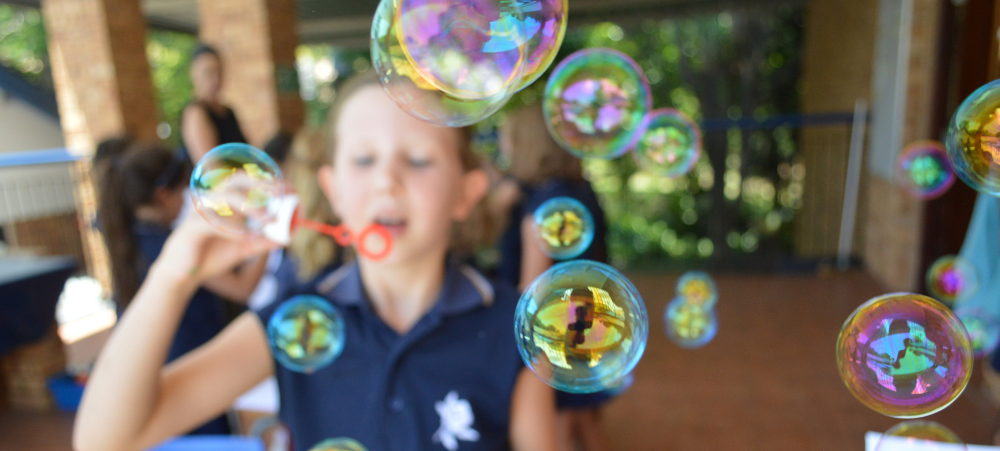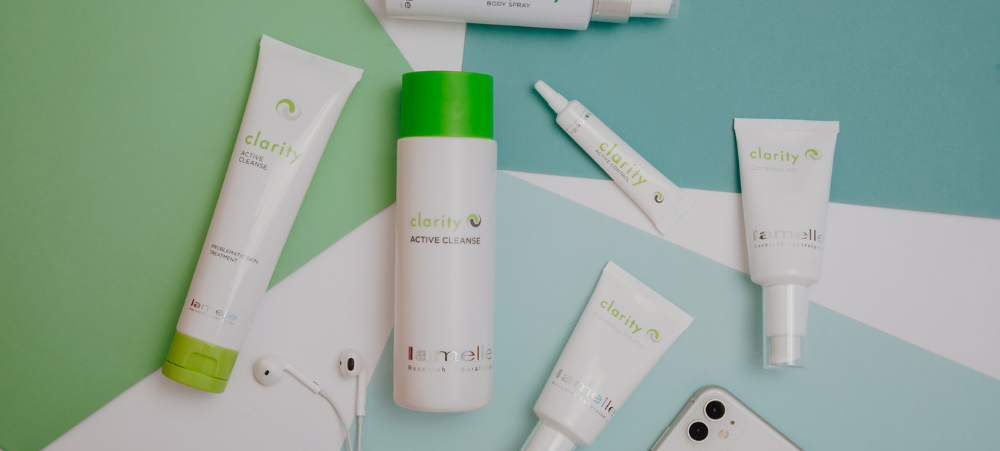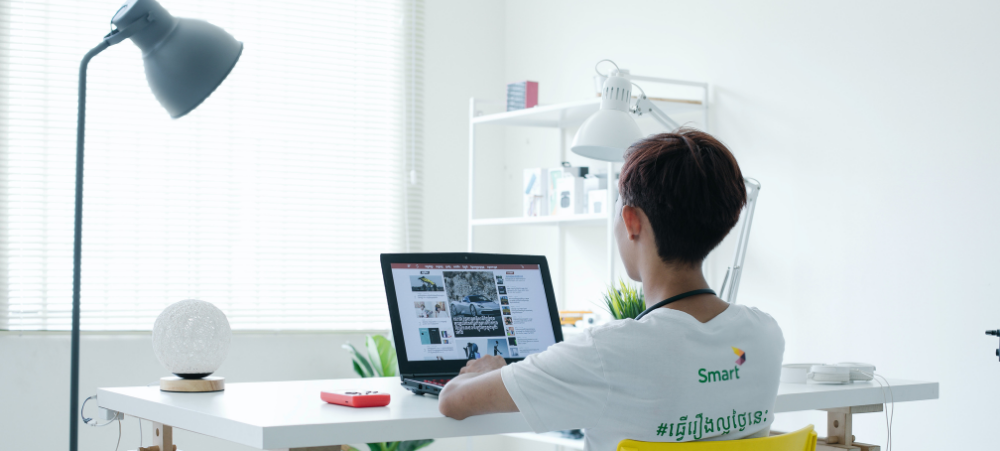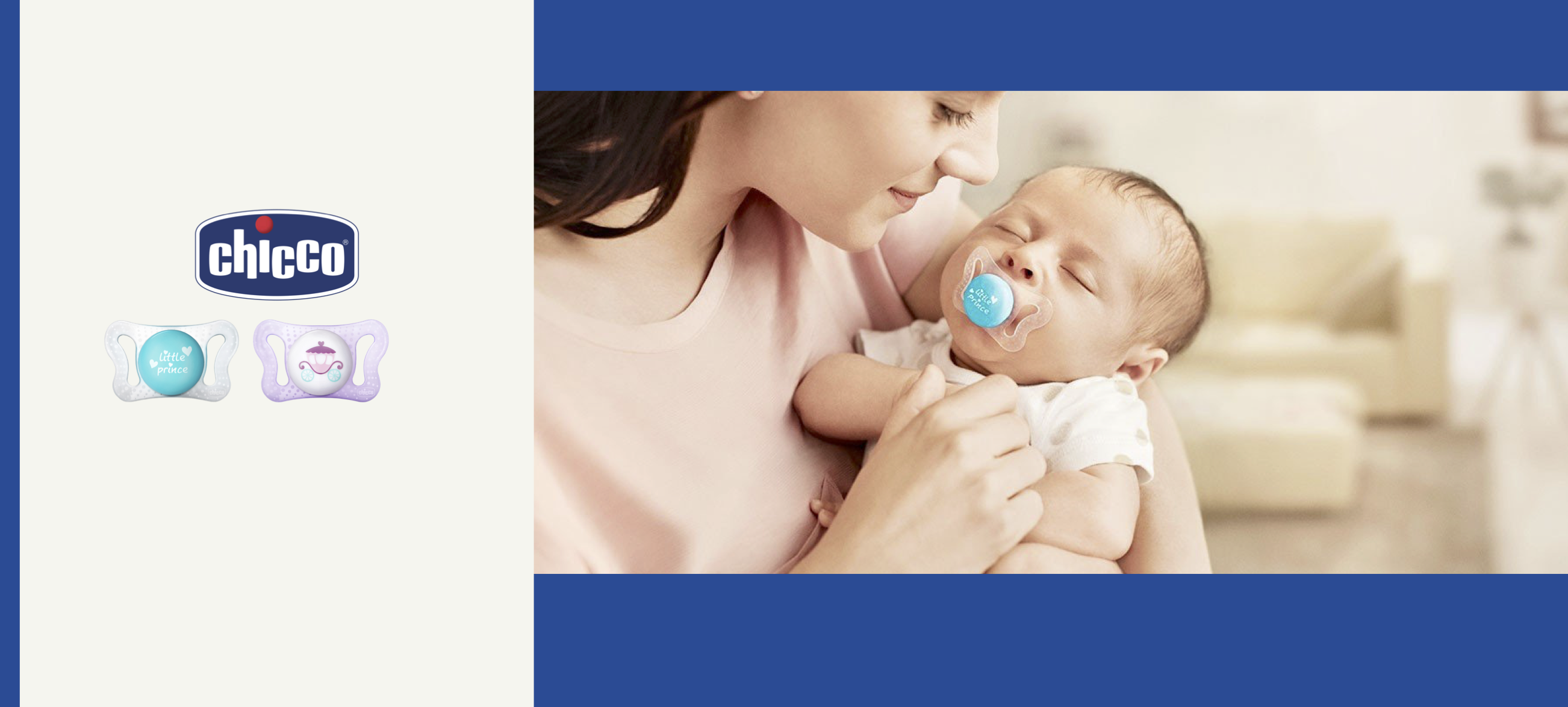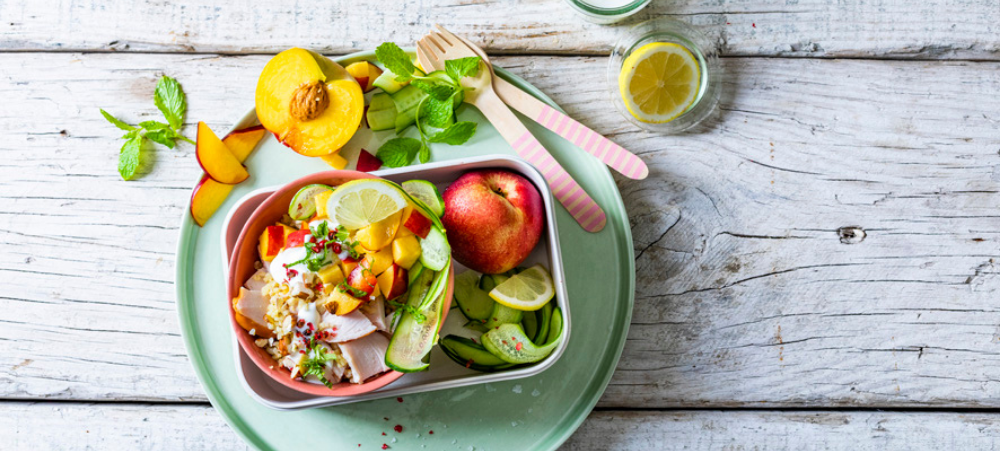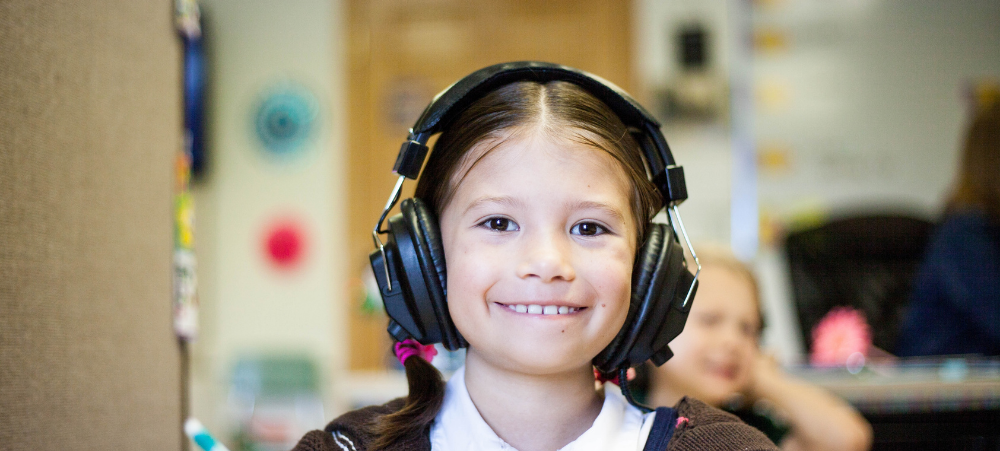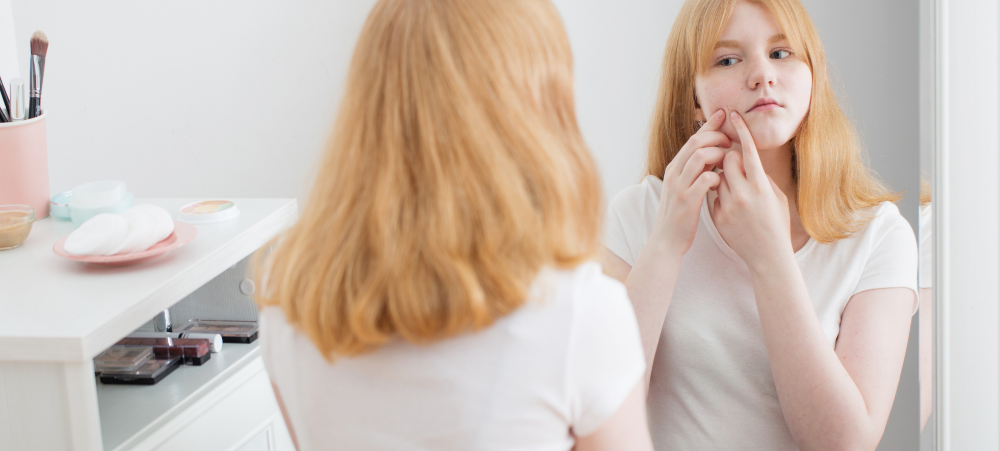
Is your teen struggling with spots? Lamelle Clarity and Acnevelle Plus stops them in their tracks
Just the other day they were enthralled by Peppa Pig. Then, before you can say “TikTok”, you’re dealing with a social media-obsessed teen. Something else you’re likely to be facing is a struggle with is acne. After all, around 85% of people will develop it in their lifetime and it usually starts around puberty going into the teen years. However, pre-teen acne and adult acne is becoming more common too thanks to drug-resistance. (The fall-out of having created so many antibacterial products is the evolution of new strains of drug-resistant bacteria!) Still, regardless of which age you get them, spotty skin is always a confidence killer. Having to battle with pimples as an adult is awful. But having to endure acne in high school as an insecure teen is a nightmare. Fortunately, there’s a lot you can do to help your child beat breakouts and enjoy clear, healthy skin. Say no to spots When it comes to beating breakouts, you’ve got a bit of a checklist. First, you’ll want to keep oil production in check. Next, you have to ensure skin is exfoliating properly, then zap pimple-forming bacteria while calming inflammation. Happily, Clarity by Lamelle is a stream-lined, fuss-free skincare collection that can do all that, starting with Clarity Active Cleanse – a soap-free cleanser formulated with updated antibacterial and anti-inflammatory ingredients including a more gentle form of pore-exfoliating salicylic acid. Next up, your teen can apply Clarity Corrective AM in the morning and Clarity Correctives PM Plus at night. Again, both of these products contain proven pimple-busting ingredients as well as super soothing anti-inflammatories. The night cream, however, is especially important as it contains a very gentle, form of retinoid that can help speed up the skin’s cellular turnover, blitz bacteria and even reduce the likelihood of post-inflammatory hyperpigmentation (PIH). (These are the dark marks that can set up camp in the aftermath of a pimple – something that’s especially common in those with a darker skin tone.) As far as active breakouts go, your child has a brilliant weapon in Clarity Active Spot Control. A targeted treatment that rapidly stop a spot in its tracks, it also contains salicylic acid to gently exfoliate deep inside the pores, keeping them clean and clear. It also boasts a trio of super soothers – panthenol, niacinamide and azelaic acid to calm inflammation and reduce redness – and a form of vitamin C that kills bacteria and prevents congestion. Beating acne inside-out Your teen might be glad to hear that there’s absolutely no truth to the rumour that chocolate causes pimples. However, eating a healthy balanced diet is important for great-looking skin. You can also take our supplement – Acnevelle Plus by Lamelle Research Laboratories. It contains zinc glycinate – a very easy to digest form of zinc – and nicotinamide, a water-soluble form of vitamin B. Together, they’ve been proven to help treat inflammatory skin conditions like acne. The supplement has also been reformulated to include an effective dose of copper to mitigate the potential to become copper deficient due to the long-term intake of zinc. When used in conjunction with our Clarity skincare collection, it can improve inflammatory, problematic skin by up to 88% in just 8 weeks! Ultimately, if your child is struggling with spots, it’s time to take action with Lamelle Clarity and Acnevelle Plus. Together, they can help create a clear, radiant-looking complexion, giving them the confidence they need to face the world head-on. Suddenly, taking a family selfie can be fun again! (Can we get a “thanks mom!”?)










